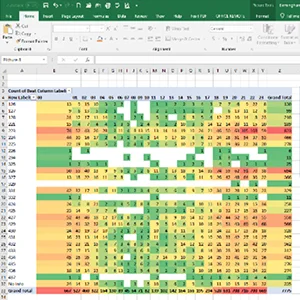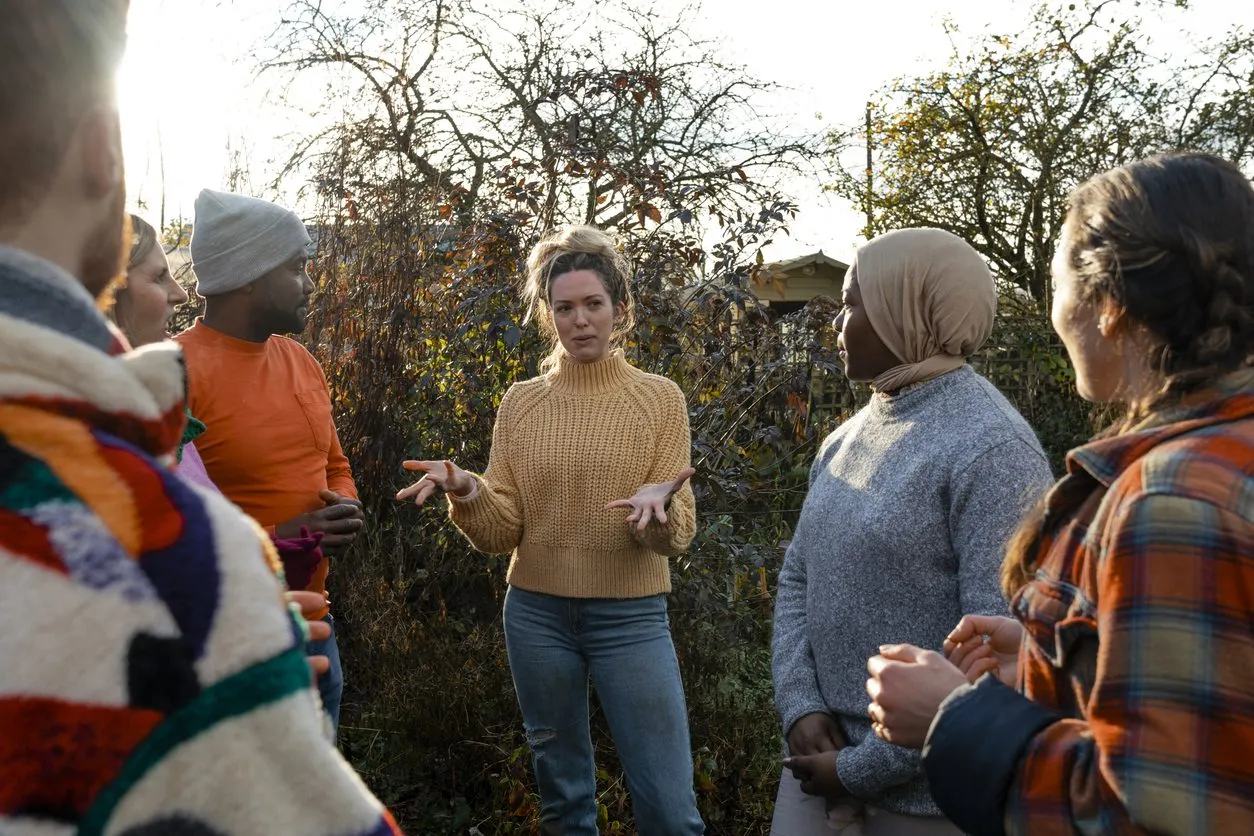Police-community engagement is now recognized as an important part of every law enforcement agency’s mission to better connect and collaborate with the public, and to improve participation in problem-solving endeavors.
Working closely with the community can help prevent crime from occurring, as well as enhance response and follow-through when events do happen. Some of these strategies to build relationships with the community run the gamut from Coffee with a Cop, Pizza with the Police, or monthly community association meetings. Often, the attendees are already-engaged members of the public, social services partners, and elected officials.
Expanding Police-Community Engagement with ShotSpotter Data from SoundThinking™
By integrating certain best practices in responding to ShotSpotter gunfire alerts, many SoundThinking agencies are finding new ways to expand their police-community engagement.
To use an illustration from the healthcare field, just as MRI’s are critical diagnostic tools that guide healthcare providers in the identification and treatment of injuries and diseases, ShotSpotter is a community health diagnostic tool that enables law enforcement agencies and other community service providers to identify the where, when, and what of gunfire activity. The unique data that SoundThinking provides with this technology enables law enforcement to ensure a timely response to any incidents and make smarter decisions on resource allotment and proactive outreach.
By employing a smart data-driven approach, agencies can help ensure more informed awareness and stronger community engagement and collaboration efforts, including the targeting of services for health, social, job, psychological trauma, and faith-based community outreach. When implemented consistently over time, these methods have proven to be transformative and build institutional trust with those who have suffered the most from gun violence, and who have often grown distrustful of law enforcement.
Bolster Police-Community Engagement
 #1. Analyze Historical Gunfire
#1. Analyze Historical Gunfire
The first step for an agency is to identify focus locations by analyzing historical gunfire data that is housed within InSight. It is important to remember that even though there may be instances where nobody was hit by gunfire, that does not mean nobody was harmed.
Once a search criterion is identified (last 30, 60, or 90 days), exporting the data in CSV facilitates the development of temporal grid data, which gives the days of the week and hours of the day of gunfire activity. In addition, repeat gunfire locations can be identified utilizing pivot tables, a function that is available within Excel and other analysis tools. Once completed, this analysis provides the focus locations (reporting areas, quadrants, neighborhoods) for community engagement efforts in a specific coverage area.
#2. Organize Planning Sessions
Planning sessions with Field Operations/Patrol, Community Policing, and Public Information should be held to identify social service, city services, community organization,s and faith community partners to invite to your community engagement area. These organizations may include, but not be limited to:
- Systems of government that provide city/county services
- Parks and recreation
- Sports and arts development
- County/state employment services
- Gun violence or victims’ advocacy groups
- Faith partners
- Mental health services to provide counseling for members of the community who may have been adversely impacted by recent or chronic gunfire events.
#3. Inform the Community
Once dates, times, locations, and partner organizations have been identified, Public Information Officers should utilize their current methods of marketing to notify the community of your efforts, whether it is through your local broadcast media outlets, social media accounts, message boards, digital newsletters, flyers, or community notification systems.
#4. Host Police-Community Engagement Event
On the day of your community engagement event, staging a 30-minute briefing at your headquarters, local precincts, or nearby community centers is important. This is your opportunity to communicate your intent with your partners, obtain updated contact information through sign-in sheets, and help identify potential volunteers for future events.
From this location, your staff and partners should independently move into your well-defined engagement area and start the process of engaging and serving the community.
It is important to note that these types of community engagement efforts should not be utilized to initiate enforcement or investigative efforts by the law enforcement agency. However, you should have ample law enforcement officers present to act as escorts for your partners and to respond to law enforcement or investigative questions that may come from the public.
#5. Share Success and Continue Efforts
Finally, it is valuable to capture metrics of the citizens contacted, and referrals, though no personally identifiable information should be collected by your agency unless it is to provide police services. Sharing the output of your efforts within your agency, as well as with elected officials and community associations, is an important part of this engagement.
Planning and scheduling future outreach efforts will be unique to your individual agency, though it would be beneficial to plan community gatherings of this nature on a monthly or bi-monthly basis.
If you decide to implement police-community engagement sessions in your ShotSpotter coverage area, we would be honored if you shared this information on one of our social media platforms. Additionally, the Police Data Initiative is another online site to share your community engagement efforts.
 #1. Analyze Historical Gunfire
#1. Analyze Historical Gunfire



